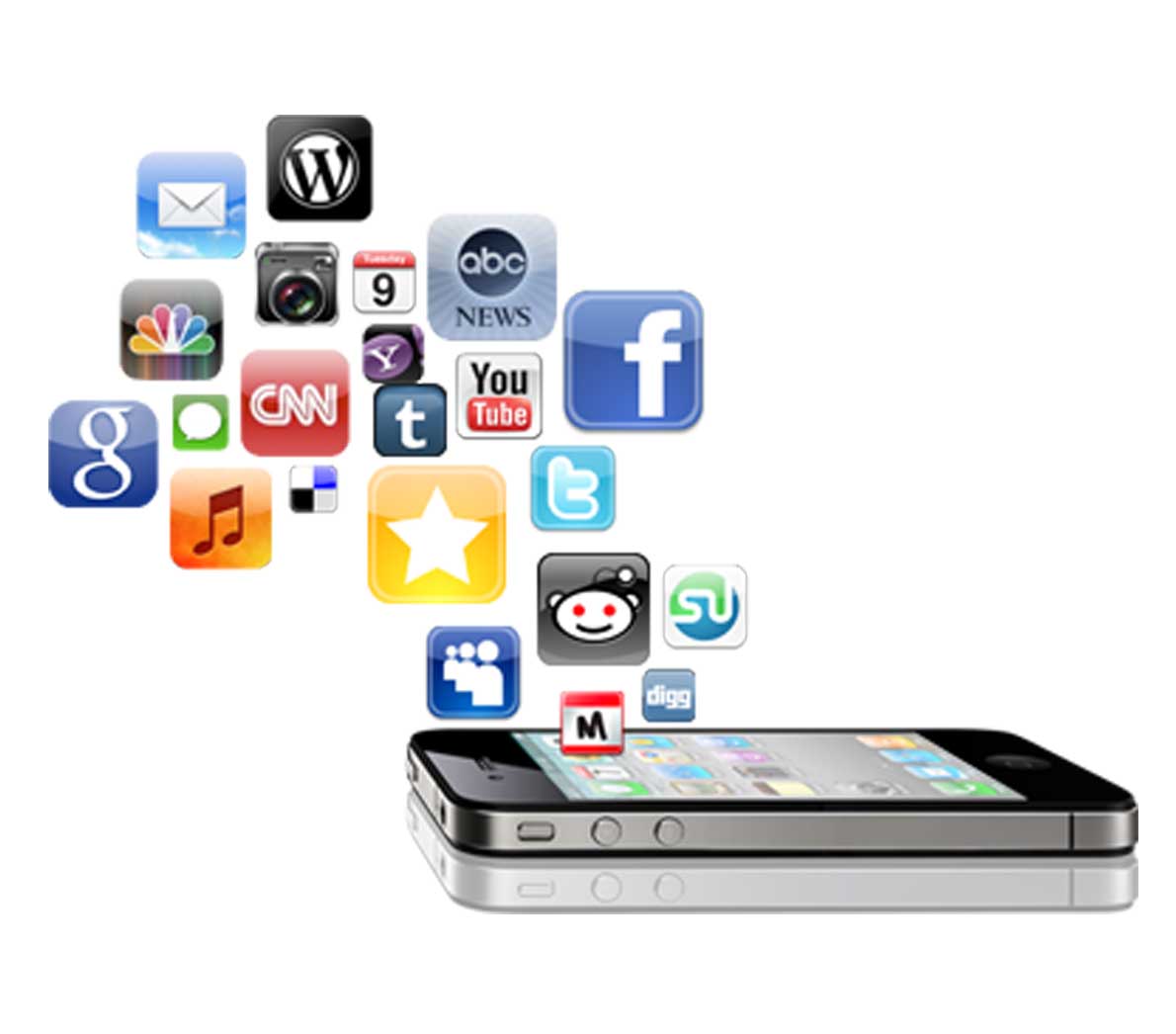It is no secret that the proliferation of mobile devices worldwide has reached heights that we would have never thought possible and, in turn, has transformed almost all aspects of our lives, including how we communicate, work, and consume information and content. The mobile revolution has served countless businesses exceedingly well. However, the fact remains that this surge in popularity has also led to a persistently complicated challenge for companies, developers, and designers alike – mobile device fragmentation.
So, in this article, I will walk you through the basics of mobile device fragmentation, i.e., what it is, the implications of such fragmentation, and, of course, some strategies to help your business navigate the challenges posed by this phenomenon. Let’s go, then.
What Is Referred to As Mobile Device Fragmentation?
The concept may seem to be explained by its name, but bear with me. Mobile device fragmentation is the diverse range of mobile devices available in the market, each with distinct screen sizes, operating systems, specifications, processing power, etc.
So, what happens is that this diversity results in a fragmented market wherein developers are subject to challenges in terms of building apps and experiences that work seamlessly across the myriad of devices available in the market.
Mobile Device Fragmentation: What Are Its Implications?
Complexity
It is not hard to imagine how mobile device fragmentation brings a layer of complexity in the development process: after all, programmers must factor in variations in screen sizes, OS, resolutions, and hardware capabilities across different devices. The need to consider such a vast array of devices and their features and specs makes it challenging to deliver a seamless user experience while building apps that should be able to adapt to the different specifications of different devices such as smartphones, tablets, and other such mobile devices.
Increased costs
Another crucial implication of mobile device fragmentation is that it is directly responsible for advanced development costs since development teams must accommodate various devices and operating system versions. Besides that, developers may also need to invest more time and resources in testing, debugging, and optimizing the apps for different platforms and devices.
Key Strategies to Contend with Mobile Device Fragmentation
Identify your target audience
Understanding the demographics and device preferences of the people who will become the app’s primary users is necessary. Then, focus on the devices and OS versions your target audience prefers.
Mobile devices labs
Another point to remember is to use cloud-based testing platforms or even physical device labs so your team can access an extensive range of devices and conduct thorough testing to ensure compatibility.
Pick the suitable reference device
Selecting a reference device can significantly ease the development process by providing your team with a baseline for testing and optimization. So, make sure to pick a device that represents the average capabilities and specs of the devices your target audience prefers and uses.
Final Words
In the ever-expanding universe of mobile devices, fragmentation is not merely a challenge but an inherent characteristic. Embracing this diversity with strategic solutions and collaborative efforts leads to a more unified and user-friendly mobile experience. Folks, there you have it — a quick but handy overview of mobile device fragmentation, how it can affect your development project, how you can navigate the challenges to ensure robust QA mobile testing for your app and more. As technology evolves, the industry must navigate the complexities of Mobile Device Fragmentation to ensure that innovation thrives and users can seamlessly interact with a diverse array of devices.
A professional and security-oriented programmer having more than 6 years of experience in designing, implementing, testing and supporting mobile apps developed. Being techno geek, I love to read & share about the latest updates in technology including but not limited to IoTs, AI, application development, etc. In my free time, I like to play football, watch movies and explore new places. I have been learning mobile app development since 2012. With having a good understanding of programming languages, I develop native as well as web apps for both iOS & Android using latest tools & technologies. I am also having experience in both front-end & back-end development.



















































































































































































